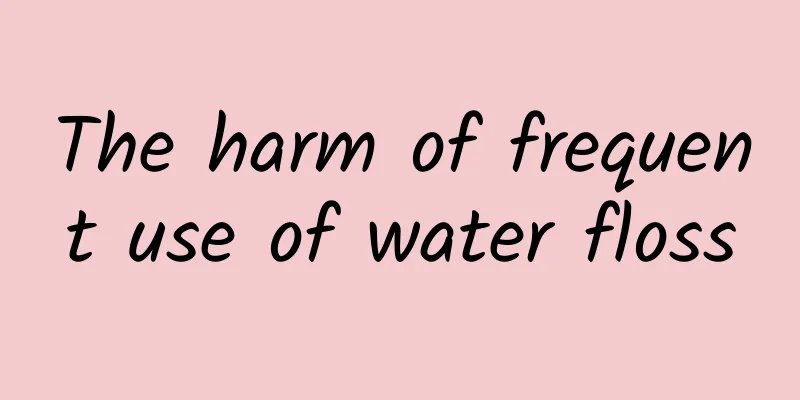What are the main uses of sodium carboxymethyl starch

|
Although sodium carboxymethyl starch is not a medicine, it is an ingredient. The main use of sodium carboxymethyl starch is that it can be applied to different foods to increase the shaping, freshness and puffing effects of foods, so our body absorbs such drugs invisibly. However, it should be noted that sodium carboxymethyl starch is colorless, odorless, and contains no toxins, so it can be eaten with complete confidence. In addition, the papermaking industry and medical institutions now also add sodium carboxymethyl starch to them and combine them with these, so this is beneficial and will not cause harm to the body. Main Applications of Carboxymethyl Starch (CMS) Food grade sodium carboxymethyl starch Sodium carboxymethyl starch (CMS) is a modified starch etherified with carboxymethyl. It is odorless, non-toxic, not easy to mold, and easily soluble in water. It is used in different foods to exhibit various functions such as thickening, suspension, emulsification, stabilization, shape retention, film formation, puffing, preservation, acid resistance and health care. Its performance is better than carboxymethyl cellulose (CMC) and it is the best product to replace CMC. Food grade sodium carboxymethyl starch is widely used in milk, beverages, frozen foods, fast food, cakes, syrups and other products. In addition, CMS is physiologically inert and has no caloric value, so it can be used to make low-calorie foods to achieve ideal results. 2. Pharmaceutical Grade Sodium Carboxymethyl Starch Sodium carboxymethyl starch (CMS) is widely used in medicine. In terms of pharmaceutical preparations, CMS can replace gelatin as a raw material for making capsules, tablets, and sugar coatings. It has strong water absorption and swelling properties, can swell quickly in cold water, and after absorbing water, the particles swell without dissolving, do not form a colloidal solution, and do not hinder the continued penetration of water to affect the further disintegration of the tablets. Therefore, it can be used as a high-efficiency disintegrant and excipient for insoluble drugs and soluble drug tablets. 3. Paper Grade Sodium Carboxymethyl Starch Sodium carboxymethyl starch (CMS) is a modified starch etherified with carboxymethyl. It has better performance than carboxymethyl cellulose (CMC) and is the best product to replace CMC. CMS is widely used in papermaking. It is added to the filler as a stabilizer to play a role in thickening and bonding, making the paper glossy, improving the printing performance of the paper, and enhancing the toughness and wear resistance of the paper. Used as a slurry additive to improve retention and drainage effects. It is also used for surface sizing of paper, which can significantly improve the dry and wet strength, oil resistance, ink absorption and water resistance of paper. Use in coating and bonding can improve the production and use performance of paper. 4. Construction Industry Grade Sodium Carboxymethyl Starch Sodium carboxymethyl starch (CMS) is a modified starch etherified with carboxymethyl. It has better performance than carboxymethyl cellulose (CMC) and is the best product to replace CMC. Its solution has good thickening, stabilizing, water-retaining, film-forming and suspending effects. Easy to use, safe and environmentally friendly. It has been widely used in the building materials industry. It is used as thickening and water-retaining agent in putty powder and latex paint; it is used as suspending agent, stabilizer and film-forming agent in coatings, and has the functions of emulsification, thickening and anti-deposition. The prepared cement glue powder is used in cement plaster mortar, cement thermal insulation and anti-cracking mortar, tile adhesive, exterior wall waterproof putty, and other cement-related products. 5. Sodium carboxymethyl starch for ceramic industry Sodium carboxymethyl starch (CMS) is a modified starch etherified with carboxymethyl. It has better performance than carboxymethyl cellulose (CMC) and is the best product to replace CMC. CMS is used as an excipient, plasticizer and reinforcing agent for green materials in the ceramic industry. It can increase the bonding force of the blank, make the blank easier to shape, double the flexural strength, and effectively reduce the breakage rate of the blank; it can also make the moisture in the blank evaporate evenly to prevent drying and cracking. Adding it into the glaze slurry as a stabilizer and binder can enhance the bonding between the body and glaze, make the glaze body dispersed, increase the surface tension of the glaze, increase the smoothness of the glaze surface, and reduce the pinhole phenomenon after baking. |
<<: What does amylase do in the body?
>>: What is the relevant introduction about blood amylase?
Recommend
How to drink ginseng flowers in water correctly
Life is a kind of street food, and it is a treasu...
The most powerful thing to activate blood circulation
The health of human blood is very important, as i...
Craniopharyngioma Treatment with Traditional Chinese Medicine
Craniopharyngioma is a very common disease in dai...
What is the difference between primary hypertension and secondary hypertension
There are two main types of hypertension: primary...
I didn't sweat before, but now I sweat
Some friends used to sweat less or not at all in ...
What are the benefits of eating deer antlers?
Deer antler refers to the antlers of young male s...
Treatment for psoriasis
Dandruff is recognized as the most common skin di...
Pregnant again within one month of abortion
It is not recommended for normal people to be too...
How to improve the decline of sexual function of men at the age of 40?
In daily life, men in their forties are in the mi...
Can Astragalus be soaked in wine?
Scutellaria baicalensis is a well-known nourishin...
How to make delicious and fluffy pancakes
If you want to make pancakes that are more delici...
When does the face-lift injection start to slim down?
Nowadays, with the continuous improvement of medi...
How to teach your nine-month-old baby
When the baby is nine months old, he can already ...
How to apply cold compress
Cold and hot compresses are two common methods us...
What is the best medicine for neurological tinnitus?
You may not know that there are different types o...









